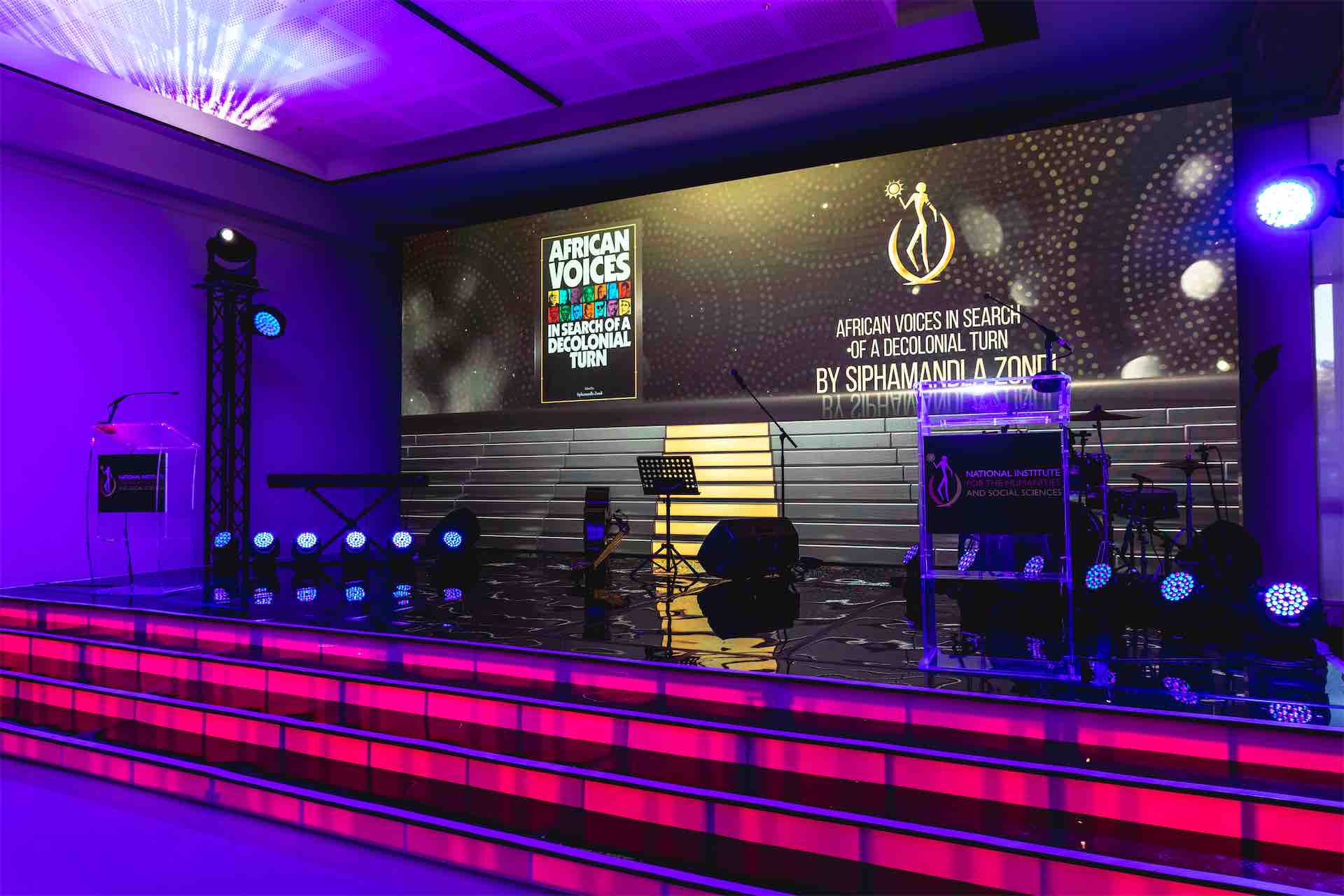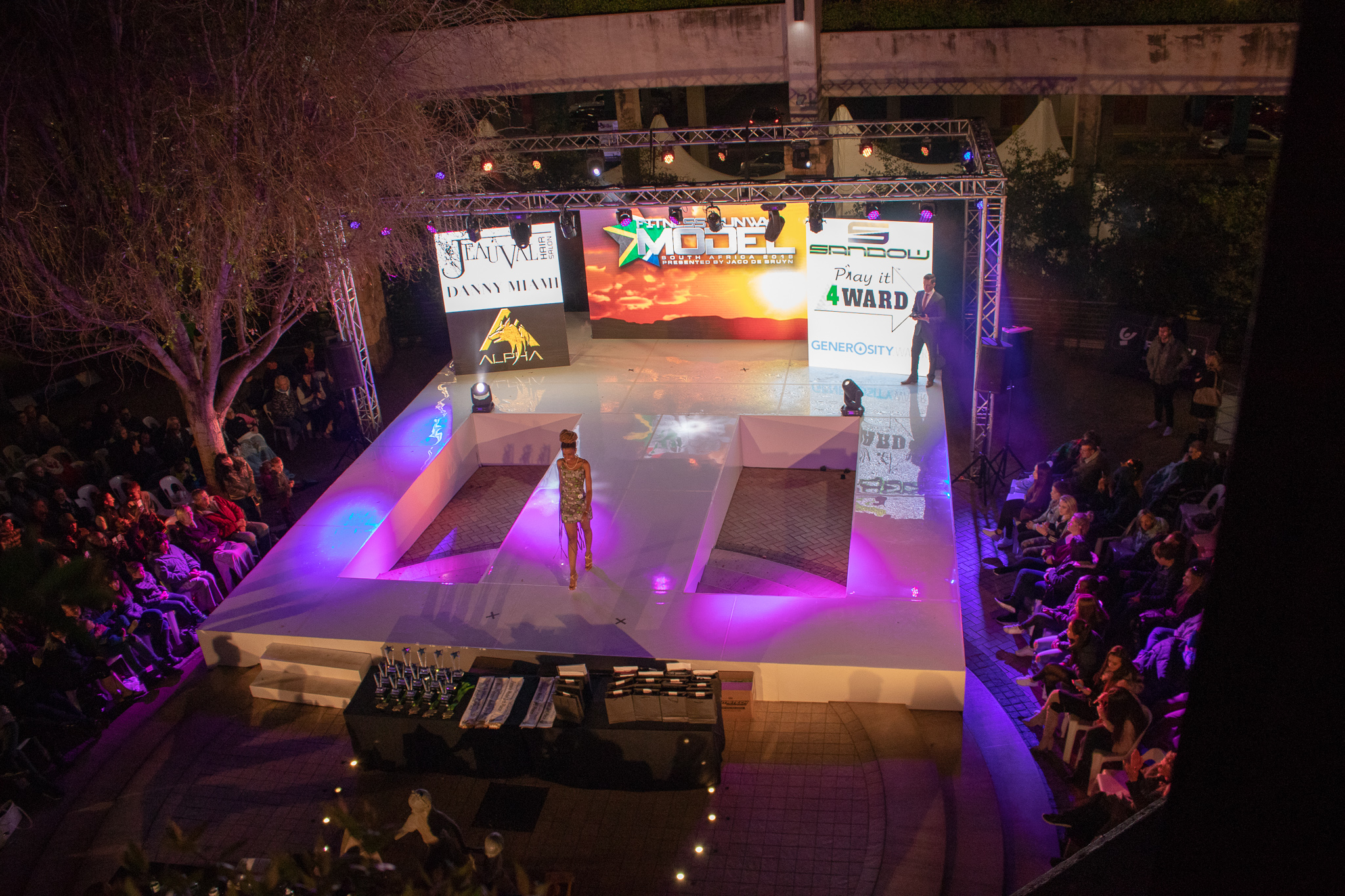Introduction
Staging plays a vital role in any event, whether it’s a concert, a conference, or a product launch. It is the platform that sets the scene and captures the audience’s attention. Event organisers have to be creative in choosing the staging design that best fits their event’s theme and objectives. In this blog post, we will discuss different staging designs used at events and their impact.
Traditional Stage Design
The traditional stage design is the most common staging design used at events. It consists of a rectangular platform elevated from the ground, usually at a height of 4-6 feet. This design is simple and practical, and it works for most events. The traditional stage design is perfect for events where the focus is on the speaker or performers. It provides a clear view of the stage from all angles, and the elevated platform helps the audience see the performance better. However, this design may not be suitable for events that require a more elaborate setup.

Thrust Stage Design
The thrust stage design is a popular choice for events where the stage needs to be closer to the audience. It is a rectangular platform that extends into the audience area, with the audience seating on three sides. This design creates an intimate setting and makes the audience feel more involved in the performance. The thrust stage design is perfect for events where the speaker or performers need to interact with the audience. It is also suitable for events where the audience needs to see the performers from different angles.

In-the-Round Stage Design
The in-the-round stage design is a unique staging design that places the stage in the center of the audience. It is a circular platform that allows the audience to view the performance from all angles. This design creates an immersive experience for the audience, and it makes them feel like they are part of the performance. The in-the-round stage design is perfect for events where the performers need to engage with the audience and create a sense of community. It is also suitable for events where the audience needs to see the performers up close.
Conclusion
Choosing the right staging design for your event is crucial. The staging design sets the tone and creates the atmosphere for the event. The traditional stage design is practical and works for most events, but if you want to create a more immersive experience for your audience, you should consider the thrust stage design or the in-the-round stage design. These are just examples of the most commonly used stage designs. There are many more, and specifically custom designed stages to suit your chosen venue. Each staging design has its unique characteristics, and you should choose the one that best fits your event’s theme and objectives. Contact us should you wish to discuss staging for your next event.

